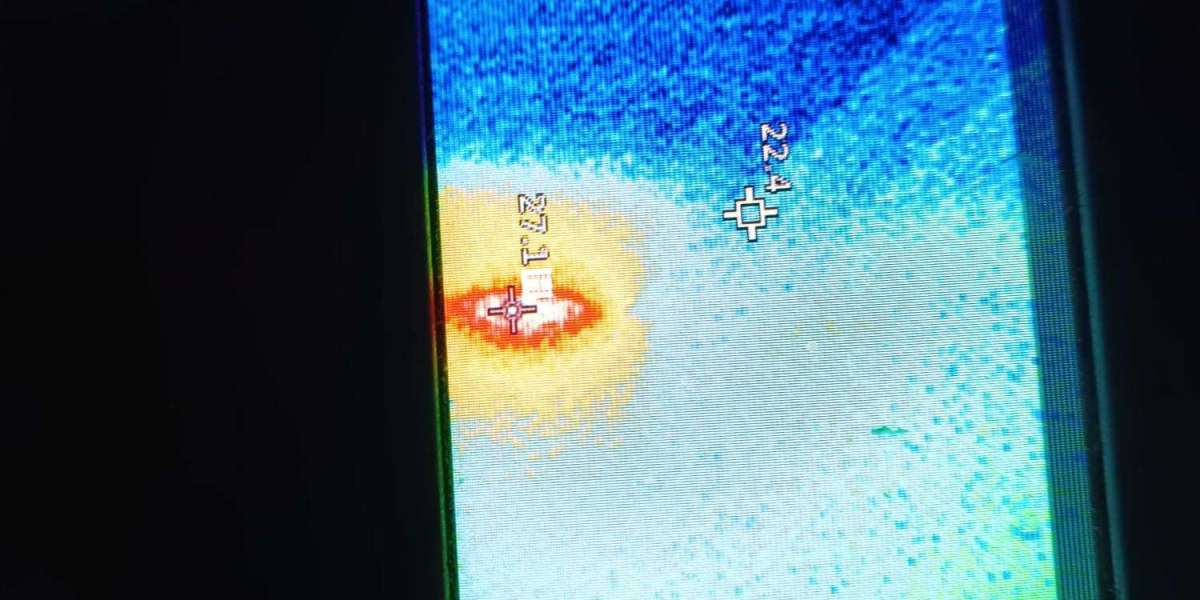Vapor production is a crucial aspect of the vaping experience, influencing not only the enjoyment of flavors but also the overall satisfaction of users. Understanding the science behind vapor production can help vapers optimize their setups and enhance their experience. This article delves into the various factors that affect vapor production, providing insights for both novice and experienced vapers.
What is Vapor Production?
Vapor production refers to the amount of vapor generated when a vape device is used. This phenomenon is influenced by several factors, including the type of device, the e-liquid composition, and the settings used during vaping. Have you ever wondered why some devices produce thick clouds while others yield minimal vapor? The answer lies in the intricate interplay of these factors.
Key Factors Influencing Vapor Production
- Device Type: Different vape devices, such as sub-ohm tanks and pod systems, are designed for varying levels of vapor production. Sub-ohm tanks typically produce more vapor due to their lower resistance coils.
- E-Liquid Composition: The VG/PG ratio in e-liquids plays a significant role in vapor production. Higher vegetable glycerin (VG) content generally leads to denser vapor, while higher propylene glycol (PG) content can enhance flavor but may produce less vapor.
- Wattage Settings: Adjusting the wattage on your device can dramatically affect vapor production. Higher wattage settings can create more heat, resulting in increased vapor output.
- Airflow Settings: The airflow of a vape device can also impact vapor production. More open airflow allows for greater vapor production, while restricted airflow can lead to a tighter draw and less vapor.
The Role of Temperature in Vapor Production
Temperature is another critical factor in vapor production. When e-liquid is heated, it vaporizes, creating the clouds that vapers enjoy. However, if the temperature is too high, it can lead to burnt flavors and a harsh throat hit. Conversely, a lower temperature may not vaporize the e-liquid effectively, resulting in less vapor. Therefore, finding the right balance is essential for an optimal vaping experience.
Optimizing Your Setup for Maximum Vapor Production
To achieve the best vapor production, consider the following tips:
- Experiment with different e-liquids to find the right VG/PG ratio that suits your preferences.
- Adjust your device's wattage settings gradually to discover the optimal temperature for your setup.
- Explore various airflow settings to find the perfect draw that enhances vapor production without compromising flavor.
- Invest in quality hardware, such as tanks and mods, that are designed for high vapor production. For instance, you can check out
 for advanced options.
for advanced options.
Conclusion
In conclusion, understanding the science behind vapor production is essential for enhancing your vaping experience. By considering factors such as device type, e-liquid composition, wattage, and airflow, you can optimize your setup for maximum vapor output. Whether you are a beginner or a seasoned vaper, these insights will help you enjoy richer flavors and thicker clouds. Happy vaping!








